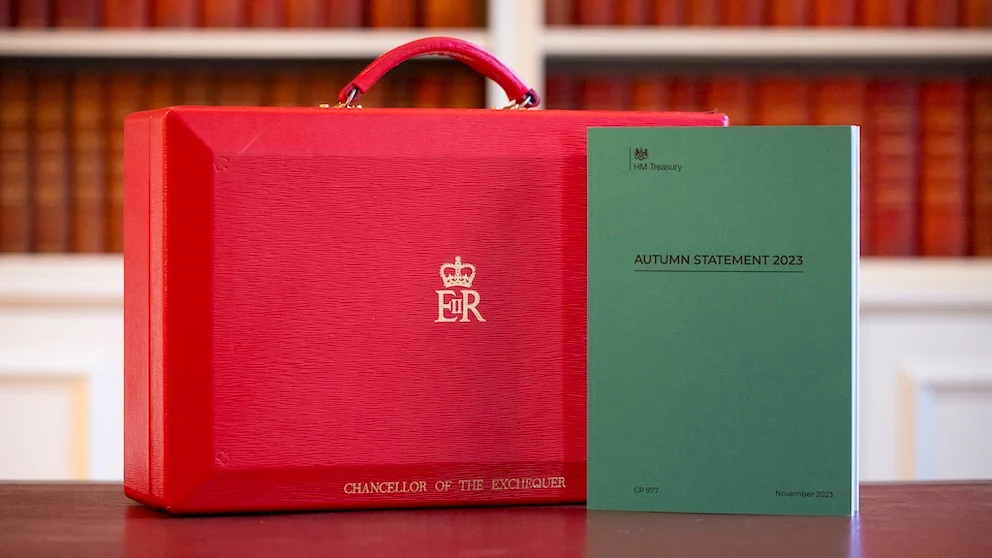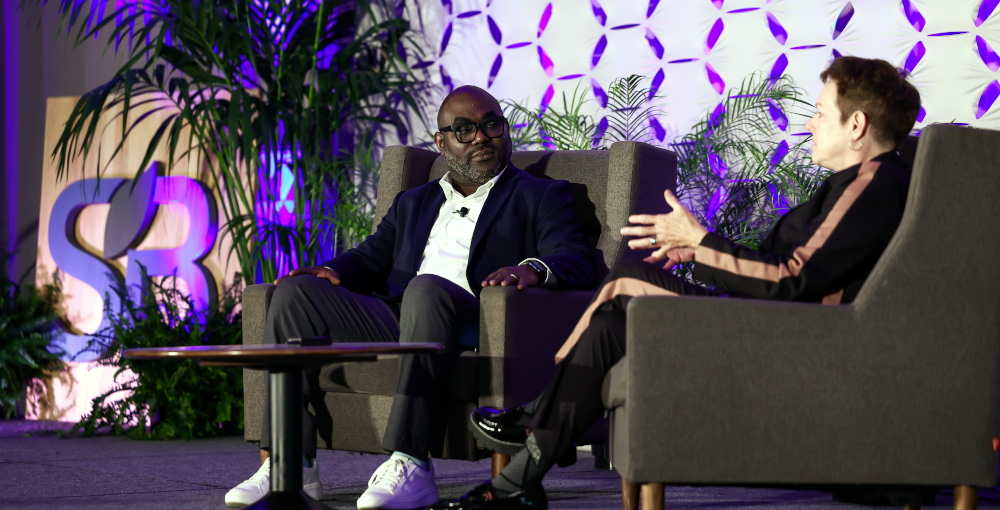Healthcare comms isn’t always known for its creativity. Words such as ‘compliance” and ‘regulatory’ aren’t ones that particularly get the creative cogs whirring. In highly regulated industries, such as Healthcare, facts and accuracy are paramount, and with that comes stricter guidelines on what can be communicated, more reviewers to approve work and bigger consequences if anything doesn’t meet the strict guidelines. So, when it comes to creating new, compelling campaigns to raise awareness around a disease or to inform healthcare professionals on the benefits of a certain treatment, those of us who work in this space need to think a little differently.
We’re all familiar with terms like reductive thinking, or “black hat” – the person challenging every practical aspect of an idea. These are the killer of all things creative, and nobody wants to be ‘that’ person in a creative planning session shooting down ideas because the regulatory reviewer would never approve it. So how do you strike the right balance?
Many of the opportunities for creativity in healthcare communications arise through disease awareness campaigns – informing the public on the symptoms of certain conditions or educating them about a disease they may never had heard of. And it’s a crowded space – how do you stand out from that crowd and create something truly memorable to encourage behaviour change? I’ve worked on several campaigns over the years and have learnt a few things along the way:
- Understand that there is a fine line between surprising and scaremongering. It may feel like an easy way to grab people’s attention, but awareness campaigns are there to provide information and support, not frighten the life out of people.
- Remember there are real people at the centre of these diseases. It can be all too easy to get lost in symptoms and statistics or flashy creative concepts but do not lose sight of the fact that people’s lives are affected by illness, treat them with the respect and sensitivity they deserve.
- Have the patient’s/caregiver’s best interests at heart. Authentic awareness campaigns stand out a mile because they truly care about people’s health. If a KPI is to simply sell more treatments, you will never deliver true behaviour change.
- Know your audience. You can’t have a one-size-fits-all approach with your messaging and call to action. The mother caring for a child with a rare condition will know a lot more than the average person. A healthcare professional does not need to hear basic symptoms to look out for. Don’t patronise audiences with generic messages for all.
- Be clear what the call to action is. We’ve all been in a situation when you’re so far down the creative path you lose sight of the challenge you’re looking to overcome. Having a proper understanding of the objectives, who you are trying to reach and what you are asking them to do will ensure any creative elements help hit the brief, rather than complicate it.
- Involve your clients in the creative process wherever you can. The ideation stage is the fun part – getting as many people client-side involved as possible will not only help build relationships and trust but will also make your life a whole lot easier further down the review line, plus will mean you have plenty of diverse thinking and perspectives.
Rivers of thinking – the comfort zones we often find ourselves in when planning – can be much harder to break out of when there are so many parameters to consider but this makes the challenge all the more satisfying when you crack it. Hitting that creative sweet spot is one of the best parts of working in healthcare comms – start off by ensuring your audience is at the centre of your campaign and you’ll be free to allow the creative thinking to flow.

















